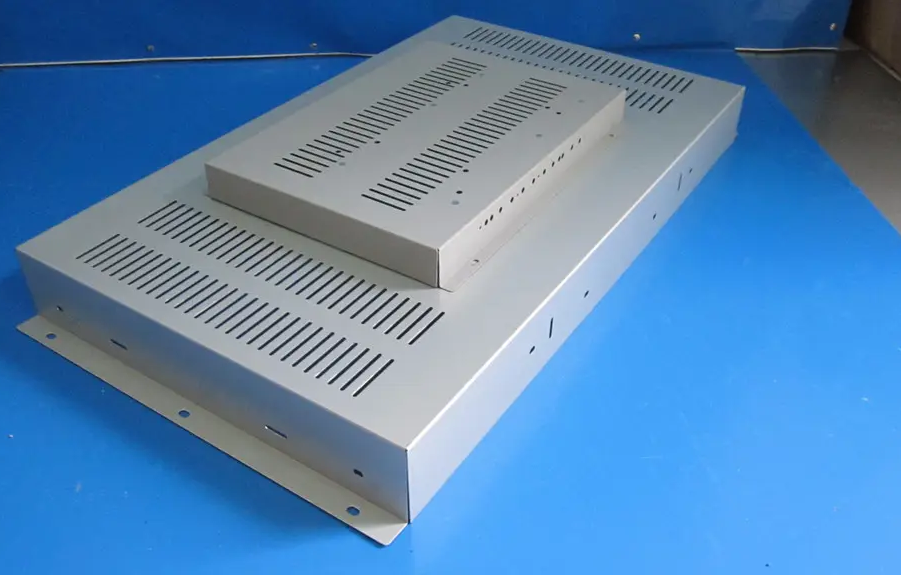With the continuous increase of domestic stainless steel sheet processing manufacturers, the competition in sheet metal stainless steel processing has reached an unprecedented level; therefore, improving the quality of stainless steel sheet processing has become an inevitable choice for the survival and development of most stainless steel sheet processing enterprises! So, as a stainless steel sheet processing enterprise, how can we effectively improve the quality of stainless steel sheet processing? The author believes that we can start from the following aspects:
1, strictly follow the scientific and effective stainless steel sheet processing technology: stainless steel sheet processing is a reasonable and significant processing technology; The stainless steel sheet processing technology is an essential choice; the scientific and effective technological process of stainless steel sheet processing is to clarify the production outline, determine the production type – analyze the part drawings and product assembly drawings, and analyze the skills of the parts – select the blank and formulate Skill route – determine the machining allowance of each process, calculate the process scale and public services – equipment, tools, fixtures, measuring tools and some auxiliary tools required for each process, it is necessary to determine – determine the amount of cutting and the quota of working hours, As well as the skills requirements and inspection methods of each main process – fill in the skills documents and make corresponding records.
2. Do a good job in various mechanical operations in the process of stainless steel (stainless steel and acid-resistant steel): in the process of stainless steel plate processing, effectively do a variety of mechanical operations, which can effectively control various processing quality; common machinery that must be done well The operation is as follows:
3. Welding in the processing of stainless steel (stainless steel and acid-resistant steel) plate usually includes hydrogen arc welding, spot welding, manual arc welding, and carbon oxide (c) shielded welding. When spot welding, consider welding position 2. For the pressure riveting of the workpiece, the height of the stud and the pressure of the press should be considered. Also, the stud should be flush with the workpiece surface to avoid scraping the workpiece.
4. After the stainless steel (stainless steel and acid-resistant steel) sheet is processed, a visual inspection is required, including dimensions and so on. If there is a problem, it should be repaired or scrapped directly to ensure the quality of processing.
5. Eliminate various factors that may affect the quality of stainless steel sheets: In the process of processing stainless steel sheets, generally speaking, the factors that affect the processing quality of stainless steel sheets include the following aspects:
6. Physical and mechanical properties: mainly the metallographic arrangement change of the appearance material and the appearance residual stress. Generally speaking, the stronger the plasticity of the workpiece material, the more obvious the chill scene. The sheet metal processing products of the stainless steel sheet metal processing plant use epoxy zinc-rich primers, which are mainly used for anti-rust primers for steel structures and steel products. Its film has good physical and chemical properties, easy construction, and good support properties. The main components are epoxy resin, epoxy curing agent, zinc powder, anti-rust pigments, additives, and organic solvents. Stainless steel plate processing plate has the characteristics of lightweight, high strength, electrical conductivity (can be used for electromagnetic shielding), low cost, and good mass production performance. Widely used in electronic appliances, communications, automotive industry, medical equipment, and other fields. For example, metal plates are important parts of computer cases, cell phones, and MP3 players.
7. The performance of mechanical equipment is mainly worn resistance, corrosion resistance (interpretation: decay, disappearance, erosion, etc.), and fatigue strength of mechanical equipment. The better its wear resistance and corrosion resistance, the better it can prevent deformation, corrosion, and other scenarios, thereby preventing severe wear. The sheet processing products of stainless steel sheet processing plants are used as epoxy micaceous iron intermediate paints, and epoxy zinc-rich primers are used as transition layers for long-term anti-corrosion coatings. Its function is to enhance the sealing and corrosion resistance of the composite coating. Can also be used as an anti-corrosion and anti-rust primer. The paint film is strong and durable, with good adhesion and sealing, and is well matched to the front and rear coatings. Its composition is epoxy resin and curing agent, mica iron oxide, and anti-rust pigment.
8. For the above factors, the solution we can take is a reasonable selection of cutting fluid to reduce the friction coefficient and cutting temperature, thereby reducing tool wear (the basic type of component failure). The process specification should be scientific and reasonable to ensure the appearance quality of the workpiece. Therefore, the positioning should be accurate and the process flow should be as short as possible.
9. Correct use of precision machining: First of all, achieving precision machining, involves many aspects, such as the machining accuracy of processing equipment, mainly refers to the lathe, the technical level of operators, and other factors. However, for the first two, they are essential and relatively demanding. Secondly, for precision machining, the raw materials used cannot be all. It also has some requirements. For example, in terms of hardness, although the hardness of the desired material cannot be too low, it cannot be too high. The hardness of the mechanical equipment must not be exceeded, otherwise, it will be damaged.

